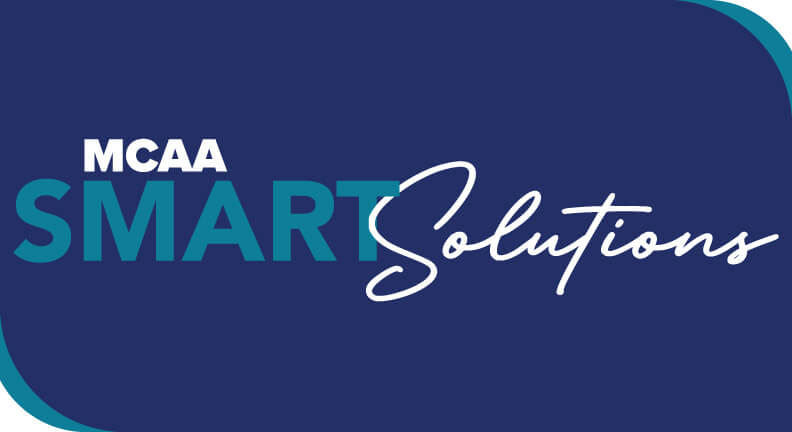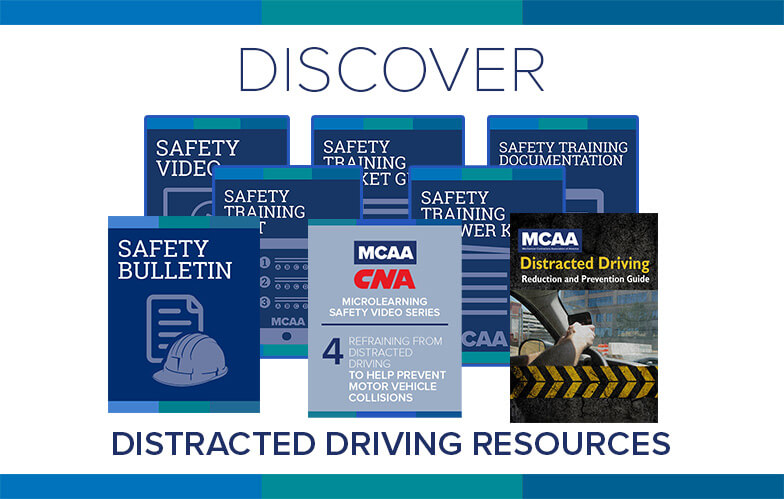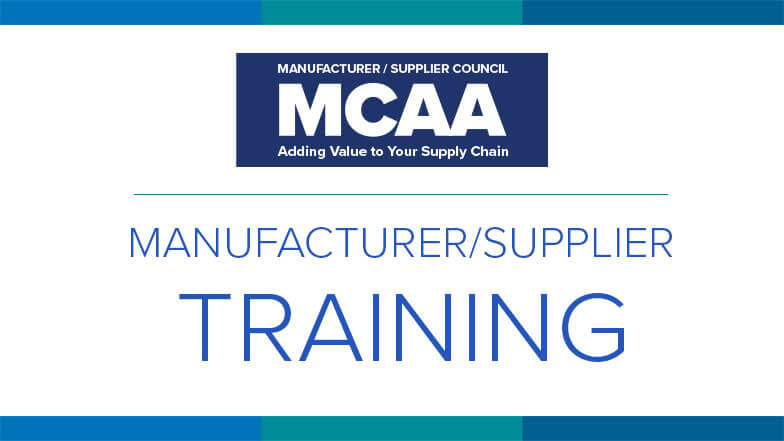
National accounting firm Withum shares some recent developments from the IRS with respect to the ERC and one PPP development.
IRS Issues Notice 2021-20:
On the evening of March 1, the IRS released 102 pages worth of guidance surrounding the 2020 ERC program. While much of the notice was regurgitating the FAQs already on its website, they did provide some notable clarifications:
- Self-employed individuals are not entitled to ERC with respect to their own wages, but can claim the credit for their employees’ wages.
- Entities subject to aggregation are treated as one employer to determine the following: (i) full or partial shutdown rule, (ii) gross receipts test, (iii) 2019 FTE calculation, and (iv) determining maximum credit per employee.
- Rules surrounding full or partial suspension of activities were greatly expanded, installing a definition of ‘nominal’ for businesses who have part of their business shut down while others are able to continue to operate. These rules are fairly facts and circumstances based, so we recommend you reach out to your advisor to discuss on a more detailed level.
- Interplay of PPP is discussed with 7 examples provided – in general, the notice reaffirms the flexibility of wages to be allocated in advantageous manner between programs. It further clarifies that borrowers who have already submitted their loan forgiveness application can re-allocate wages to the ERC, provided those wages were not needed to obtain forgiveness within the context of the PPP forgiveness application was filed – any excess wages can be re-allocated as necessary.
- IRS confirmed that when claiming the 2020 credit, separate 941-Xs should be filed for each quarter.
Taxation of the ERC:
We have received many questions around this, so we thought it appropriate to include a point of emphasis. Unfortunately, the ERC carries with it a disallowance of otherwise deductible costs in the amount of the credit. Because the amount of the credit will reduce otherwise deductible expenses, this means that taxable income for recipients will increase. Generally, this taxable income increase would occur in the year to which the credit relates. This is an important note, as companies applying now for the 2020 credit will have to adjust their 2020 taxable income and 2020 tax returns. This treatment seems particularly inequitable, especially because the actual credit amount for borrowers not receiving the amounts is not likely to be received until well after the tax deadline. We are working on a more detailed discussion of this issue, which will be posted in our resource center in short order.
Federal Reserve Board Extends PPP Facility to June 30, 2021:
We also have one piece of news regarding the PPP to share. The Federal Reserve Board announced yesterday that it will extend the expiration date of the PPP servicing from March 31, 2021 to June 30, 2021. It is unclear whether this will also be followed by Congress and/or the SBA. The deadline of March 31, 2021 was set by the CAA, which would need to be updated in order to allow applications to be approved after March 31, 2021. If extended to June 30, 2021, this would provide businesses, including those with more than 20 employees who have not been able to apply for the PPP over the last two weeks, some comfort that they will not be up against a March 31 deadline to be approved. In theory, an extension also would provide the ability of a borrower who received PPP1 funding during 2021 to use the funds within the rules of the program and then apply for PPP2 funding prior to the cutoff date of June 30, 2021.
These last two weeks have been busy from the IRS and SBA – with Congress in the final phases of stimulus package negotiations, we are sure to have further updates for you in the coming week. As always, we welcome you to follow along our Stimulus Package Headquarters resource center, where we will continue to publish information as notable guidance becomes available. If you have questions on the above information, please reach out to your Withum advisor.




